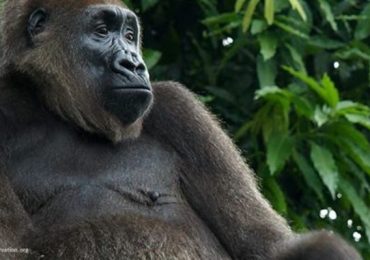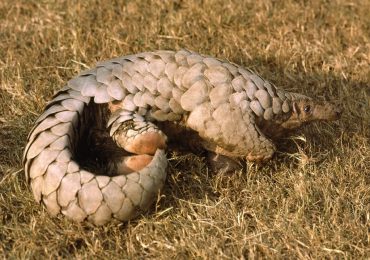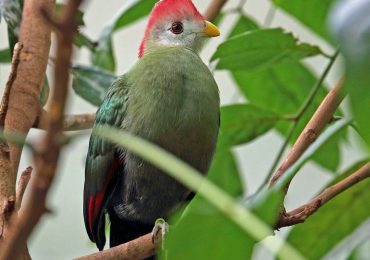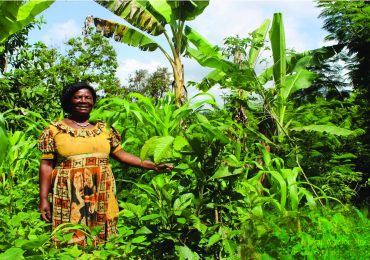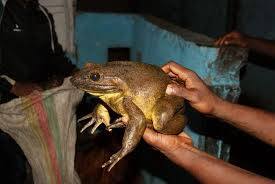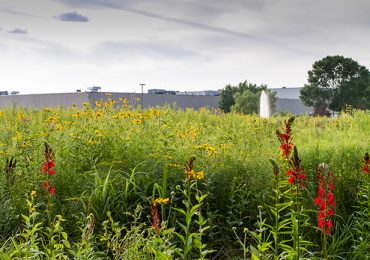The Lebialem Highlands located in the mountainous region of the South West Region, Cameroon harbors one of the prestigious species with high conservation values. Scientific research showed the Gorillas and chimpanzee share up to 98% of the human genetic makeup. The Cross River Gorilla (CRG) is the rarest of the great apes species in Africa currently only harbors in 12 to 14 hilly enclaves tropical ecosystems along the borders of Nigeria and Cameroon as reported by Nicholas et al, 2010.The species have slow reproduction rate, grow relatively slow with complex ecological and biological nature, limited geographical range, related threats and complex social relationships are associated causes to the species numbering only less than 300 species in the wild.
Its classification as Critically Endangered by the International Union for the Conservation Nature is of no doubt and placed under class “A” by the government of Cameroon therefore prohibiting it hunting and killing by the citizens. Even though, CRG exist only in the tropical rainforests of Nigeria and Cameroon its ecological values remain unclear to the eyes of non conservationists especially the species traffickers and poachers.CRG provide an important in the role for the functioning of the tropical rainforest.
Study have shown that great apes species offer a significant ecosystem services, above all seed dispersal for an important proportion of trees species and thus maintenance of floristic diversity and forest structure. Their removal from tropical ecosystems can have far-reaching consequences for tree community dynamics as reported by the article of Effiom et al, 2013.CRG are fruit loving and species-specific plants feeding wildlife species, because they constantly feed on fruits and travel long distance this has greatly accounted for, they dispersing a vast proportion of dispersed tree in tropical rainforest. In the Lebialem Highlands CRG feed on fruits and plants species, study conducted in the Mone Forest Reserve by Sawyer in 2012.
This study carried in the Lebialem Highlands showed that the composition of CRG diet is related to seasonal changes as they are both herbivous and frugivous and consume plants species such as Aframomum spp, Palisota spp, Cercestis camerunensis, Marantochloa spp, Landolphia spp and Leea guineensis fruit.
Their constant movement has proven related to habitats with this species abundance by Sawyer in 2012. The nesting of CRG also play a role as trees branches are used for nesting, opening up spaces for sun rays and growth of new plants and its decomposition help in Nitrogen Fixation in the forest. Outside the fact that CRG play an important role in the functional of the tropical ecosystems, they generate huge sum of money through tourism services that are invested in the development of the rural areas around the protected areas, benefiting by the local inhabitants.



